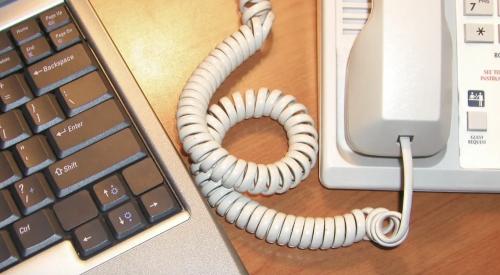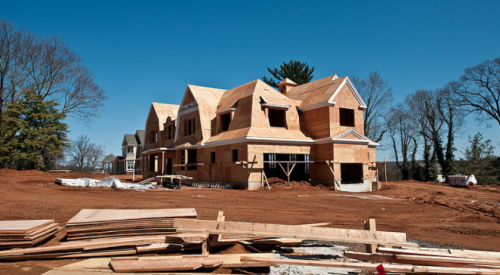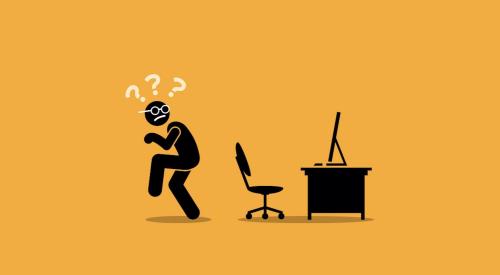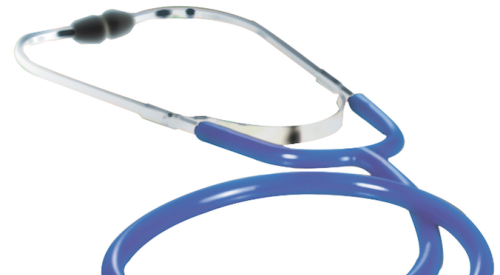| Scott Sedam
|
As I write this, I am in the middle of a 3,000-mile road trip. While trying to feel secure with my 17-year-old son, Tyler, at the wheel -- he thinks I am being unreasonable by not letting him exceed the speed limit by 15 mph -- I have just read a very disturbing article in USA Today about Firestone "Wilderness AT" tires coming apart. By now you have all heard about it -- 193 accidents and 21 deaths ... that they know of. Suspected in another 30 deaths besides that. Of course, those are the tires on our vehicle.
I am upset. But as amazing as it might seem, the tires themselves are not what I’m upset about -- it’s the quote from Firestone spokesperson Christine Karbowiak that gets me. When asked what Firestone intended to do about the problem, she said, "... Consumers need to check their tires frequently, making sure that they are properly inflated and don’t show signs of irregular wear."
The coup de grace came just after. Karbowiak went on to say, "Tires aren’t indestructible. That’s why every vehicle in the United States is sold with a spare tire, because tires fail."
Basically, she’s saying that the problem is a "car owner maintenance item." Hey, if you’re a couple of pounds under pressure and you’ve got a bit of uneven wear, whaddya expect? Of course your tires are gonna shred on you while tooling down the highway, causing a catastrophic accident! In the second statement, she’s essentially saying that even if they do fail, it’s just normal. What do you think a spare’s for, dummy?
Pass the Buck
Most of you know where I’m going with this. Karbowiak’s statements are so familiar that it’s almost creepy. How many times have you heard of attempts to shrug off service and warranty items with a claim of "homeowner maintenance?" And how many times have your people -- or perhaps you -- tried to claim that something not right was simply normal aging, wear and tear, etc.? We are fortunate in this business. It’s rare that anything we do or don’t do becomes lethal, but some can be big-ticket.
I remember a decade or so ago in Texas when there was a rash of cracking slabs. Most builders tried to walk on the issue. Class-action lawsuits resulted. Guess who won? The primary explanation, claimed with a straight face by various builders, was that the homeowners had not properly "watered their slabs." Hell, everybody knows that! "Hey Greta! Gotta get your fanny out there and water that slab, or she’ll crack right in two!"
I guess the homeowners weren’t supposed to figure out that the problem occurred in only certain subdivisions belonging to certain builders.
But most of the cases aren’t that expensive or dramatic. I remember a case in which the fascia and soffit were peeling 12-18 months after closings in a whole subdivision. The president of the company was adamant: It was a homeowner maintenance issue!
I have other pet peeves, such as not repairing drywall seams and cracks that no builder would ever accept in a model, and then trying to convince the homeowner to live with them. I could go on, but you can make your own list.
Thankfully, this has been getting better during the past five years or so. More and more builders are stepping up and accepting responsibility and just fixing it -- no argument, no hedging. It does wonders for marketplace credibility.
Probably the best example outside our industry was the infamous Tylenol scare back in the 1980s, when several people in the Chicago area died after ingesting Tylenol laced with poison. The executives of Johnson & Johnson did not issue evasive statements about how this could be an isolated issue, how we should not panic, why we need to wait for more data, etc., etc. Instead, they issued an immediate order to confiscate, refund and destroy every single tablet, caplet and capsule of Tylenol out there -- worldwide. It cost J&J hundreds of millions and, in truth, most analysts thought they overreacted. Most analysts also predicted that the Tylenol brand was dead, that there was no way it could survive.
The result? Tylenol not only survived, it remains to this day the No. 1 brand of painkiller in the world. Insanely profitable. Why? Because people have hard evidence that Johnson & Johnson will do whatever it takes to ensure the safety of the product. It’s too bad that Karbowiak and her fellow execs at Firestone missed class in their MBA programs the day the Tylenol case study came up. Perhaps they would have learned something.
As of this writing, Sears has announced it will no longer sell the tires, and several rental car companies report that customers are refusing vehicles with the Firestones. Ford, Firestone’s largest customer, is threatening to sever relations with the company.
The result is predictable. Firestone will be forced to recall these tires, but its executives are too blind to do it proactively and try to save the brand. They’ll wait until so much damage is done that it will be hard to recover. That’s my prediction, anyway. By the time you read this, you should know if I’m right.
Personal Responsibility
Are there parallels in home building? I’ll give you one. Back in the early '90s, condo and townhome roofs sheathed in FRT (Fire Retardant) plywood started to cave in. Manufacturers tried to claim it was a builder problem of inadequate ventilation, but the evidence clearly did not support that. Still, many builders were left facing hoards of homeowners with major defects in their homes.
The suppliers went Chapter 11. HOW, the HomeOwner Warranty Corp., bless its now-bankrupt little heart, boldly declared that roof sheathing was "nonstructural," wiped its hands of it and walked away. What were builders to do? All but one told the homeowners they were really, really sorry and suggested a good roofer to call.
The one, Pulte Corp., staring more than 10,000 defective roofs in the face, swallowed hard and said, "This isn’t our fault, but we’re going to fix them anyway." It was a watershed moment for that company. Bob Burgess, then Pulte’s president and now its chairman, explains that everyone thought Pulte was nuts. There was a lot of pressure from other builders to back down. Pulte’s board of directors was even skeptical. But the rule of "do the right thing" prevailed, and Pulte spent the tens of millions it took to replace the roofs. In time, most other builders had to follow suit.
That was an expensive "opportunity," but sometimes when it’s not your fault, you will find your greatest opportunity -- the positive press Pulte received for its actions had incalculable value. And even when it is your fault, if you admit it quick and get on with making it right, you usually win in the end. This business is a never-ending journey that tests us at every turn, throwing up potholes, barricades and detours. Blaming someone else is tempting but rarely pays off.
Regarding my current journey, I can’t wait until I get home. I’ve got to get some new tires.











